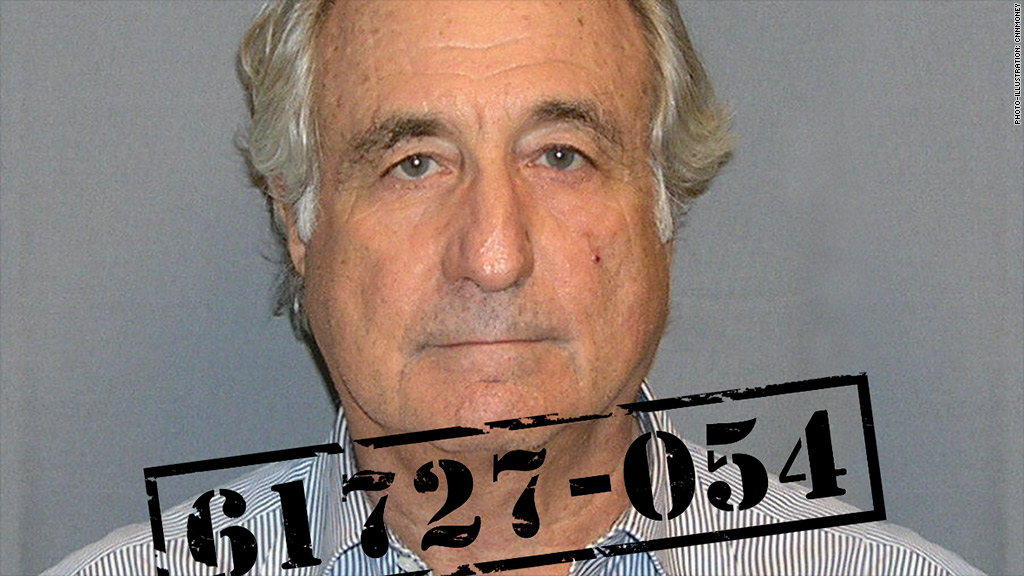‘Trick
or Treat’ has long been a tradition for going from house to house searching for
goodies until you’ve taken on too much to carry, which in this case it exactly
what American Apparel have done, in the form of debt. As a general principle,
companies that have stable sale figures, assets that make good collateral for
loans and a high growth rate can use the advantages of debt more heavily than
other companies. Recall that the main benefit of increased debt on the capital
structure is the increased benefit from the interest expense as it reduces
taxable income. Given this statement and American Apparels situation, wouldn’t
it make sense to maximize their debt? My answer is no.
In
general, using debt keeps profits within the company, increases returns on
equity for owners and helps secure tax savings, as well as retaining control of
the company. However, with an increased
debt load, interest expense increases and this idea of financial distress becomes
apparent. Debt issuers become nervous that company cannot cover its financial
responsibilities and this comes no surprise to investors of AA as the company
have filed for bankruptcy protection as substantial doubt surrounds the
business and investors could incur big losses. So where did it go wrong for the
retailer?
AA
has high gearing and tried to take on as much debt as possible to increase the
value of its company in the long run. As a result, its debt pile grew to 11.6
times its annual earnings before interest, tax, depreciation and amortisation
as of March this year, an increase from 8.6 times in 2014. Consequently, it
struggled to implement a turnaround fast enough to stem the sharp decline in
its stock price, closing at 11 cents on Friday October 2nd.
Why
do you think that the management would allow such a highly leveraged capital
structure? In 1963, Modigliani and Miller revised their original theory of
capital structure to take into account a more real world approach and
incorporated tax into it which showed a substantial benefit to borrowings. On
one hand, I can understand why management at American Apparel would highly
leverage its capital structure, mainly because the after-tax cost of debt is
usually less expensive than equity; so firms will add debt up to the point
where the risk of bankruptcy raises the WACC. As a result, the company will
favour using debt as a source of its financing when it enjoys a tax shield.
On
the other hand, I would look at my first question, how can we know when we’ve
maximised our debt? American Appeal should have looked into the market
conditions and its own financing before taking on too much debt. MM argues that
in the presence of bankruptcy costs, firms should be concerned about having too
much debt, this I would agree with. AA could have realised its capability in static
trade-off models, which it could have used to maintain its optimal capital
structure in the face of market imperfections such as bankruptcy, taxes and
debt tax shields.
The
current status of Capital Structure research and theory is perhaps best
summarised by Baker et al. (2010) “The status of our understanding of how
managers actually make capital structure decisions does not appear to be
anchored by any of the extant academic theories. Despite several decades of
theory development and refinement, none of the normative capital structure
theories indicating how managers should act seem to fit the survey data.” This
I would agree with as in the real world, managers decisions are altered by the several
circumstances. In the case of AA, It depends on various factors such as the
type of economic conditions and the time period. In light of the AA situation,
maybe it’s time companies actually paid attention to theories, maybe they’d
learn a thing or two.



